The Virtual Bookshelf provides a list of recommended children’s books that reflect the theme of the issue and offers ideas on how to integrate them across the curriculum.
Survival in the polar regions requires year-round residents to find a way to stay warm in bitterly cold conditions. Surprisingly, few animals hibernate to survive winter. Polar bears feast during the winter as they hunt on the ice. Whales and seals pack on pounds of blubber for insulation. Humans wear layers of clothing and avoid wet and windy conditions as much as possible. In this issue, students will learn how heat is generated and conserved – and you might be surprised at how easy it can be to overheat yourself in the middle of winter!
KEEPING WARM
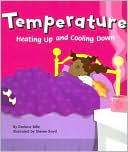 |
Temperature: Heating Up and Cooling Down. Darlene Stille. 2004. Nonfiction. Grades K-2.
This book encourages children to think about what they already know about temperature and how thermometers are used to measure heat. Simple explanations are given for why things stay warm or cold and where heat energy comes from. The book also includes directions for making a simple thermometer. |
 |
Keeping Warm, Keeping Cool. Thomas Sheehan. 2006. Nonfiction. Grades K-2.
A basic introduction to how humans and animals stay warm or cool off in extreme temperatures. It includes adaptations such as body fat, fur, thin bodies, and big ears. |
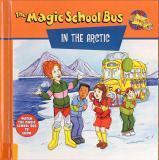 |
Magic School Bus In the Arctic. Joanna Cole. 1998. Nonfiction. Grades K-4.
When Miss Frizzle takes her class to the North Pole, they learn about heat as they struggle to stay warm. They learn about insulation by using paper as insulation inside their coats. They learn about heat-energy radiation, how blubber and fur keep animals warm, and how an igloo can help conserve heat in an emergency. The book includes a simple experiment to investigate various insulators. |
 |
Life in the Arctic. Sheldon Brooks. 2004. Nonfiction. Grades 3-5.
Chapter 3 discusses how Arctic animals are different from their warm-weather counterparts by being heavier, reducing their fluid intake, and having shorter limbs (less surface area). Surprisingly, most year-round Arctic dwellers do not hibernate to conserve heat and energy. |
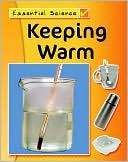 |
Keeping Warm. Peter Riley. 2008. Nonfiction. Grades 4-5.
This comprehensive look at heat energy explains heat sources, heat measurement, heat movement, and more. Students learn about conductors and insulators, the purpose of sweating and shivering, what clothes do to help us stay warm, and what animals have done to adapt to cold conditions. Diagrams and pictures show how our homes can be made more energy-efficient. Each section includes real data for students to analyze. |
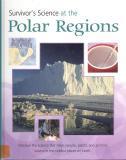 |
Survivor’s Science at the Polar Regions. Peter Riley. 2005. Nonfiction. Grades 4-5.
Hypothermia and frostbite are two dangers humans face in extreme cold conditions. Both can be prevented by staying out of the wind, protecting all parts of the body, and dressing in warm, dry, insulated layers. Easy classroom experiments show the difference between wetness and dryness and also the benefits of different layers and types of cloth. |
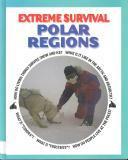 |
Extreme Survival Polar Regions. Sally Morgan. 2004. Nonfiction. Grades 4-5.
Illustrated with high quality, captioned photographs woven into the text, this book touches on the ways all Arctic and Antarctic dwellers-wildlife, humans and plants – live in their extreme environment. Colorful boxes with a penguin logo add more facts and interesting tidbits to each section. Glossary and sources of more information included. |
PENGUINS AND POLAR BEARS
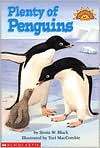 |
Plenty of Penguins. Sonia W. Black. 1999. Easy reader. Grades K-1.
Part of the Hello Reader series, simple rhyming text helps children learn about penguins while they learn to read. |
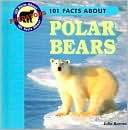 |
101 Facts About Polar Bears. Julia Barnes. 2004. Nonfiction. Grades 3-5.
Engaging, full color photos accompany factual information about polar bears. The short, numbered facts will engage students who may struggle with longer passages. |
This article was written by Kate Hastings. For more information, see the Contributors page. Email Kimberly Lightle, Principal Investigator, with any questions about the content of this site.
Copyright December 2009 – The Ohio State University. This material is based upon work supported by the National Science Foundation under Grant No. 0733024. Any opinions, findings, and conclusions or recommendations expressed in this material are those of the author(s) and do not necessarily reflect the views of the National Science Foundation. This work is licensed under an Attribution-ShareAlike 3.0 Unported Creative Commons license.










